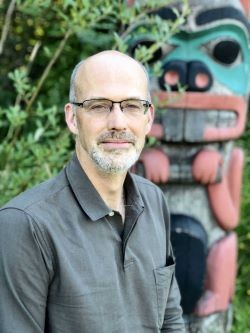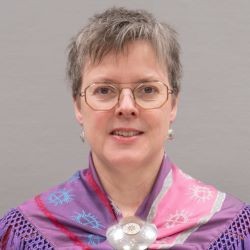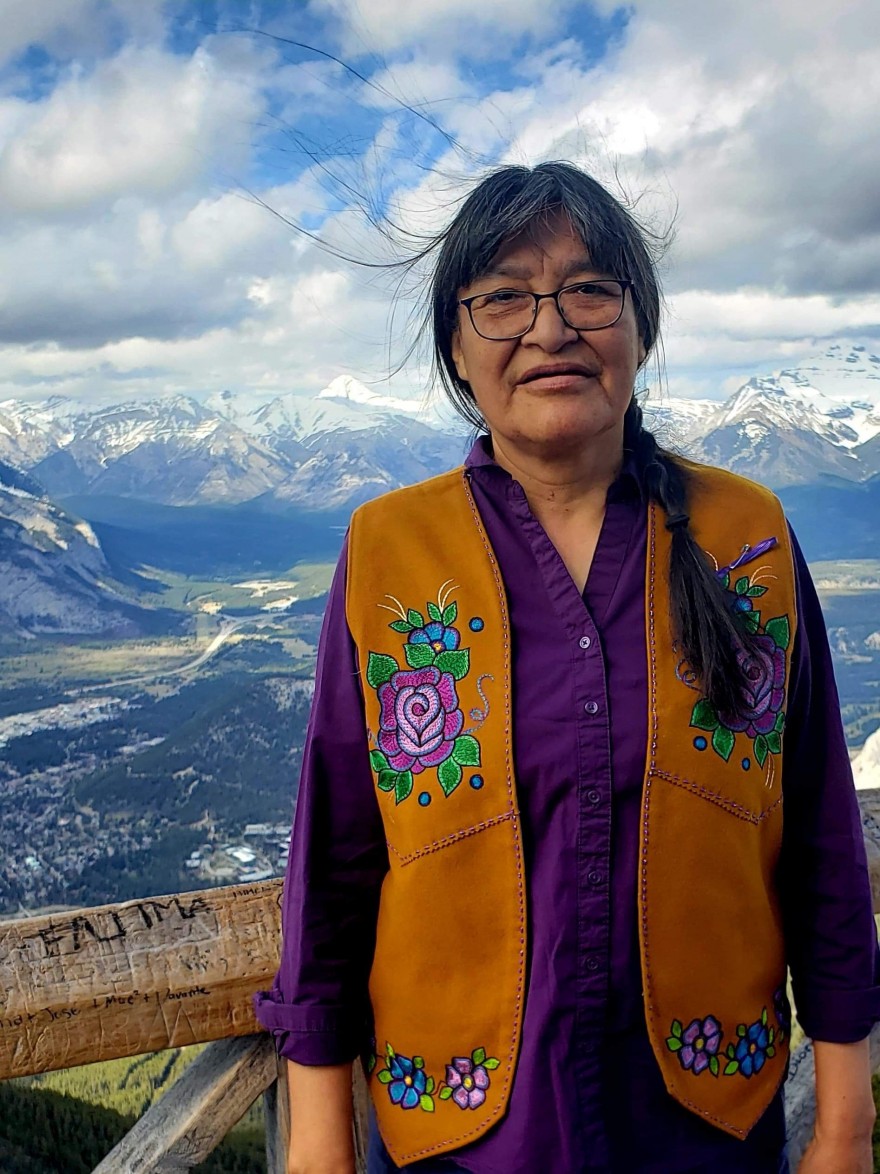Keynote speakers
Indigenous Cultivation and Care of Berries and Berried Landscapes in an Alaskan “Wilderness” Park |
||
|
|
|
“Glacier Bay berries are special” is a phrase often heard among Indigenous Tlingits of northern Southeast Alaska. Historically, prime Tlingit berry picking patches, like prime salmon streams and other key resource areas, were named, owned, cultivated, conserved, and celebrated as places. The unique microclimatic conditions at Glacier Bay—especially its comparatively cool, dry air and glacier scrapped flats devoid of vegetative competition—created an extraordinary abundance of high-quality berries, which were internationally renowned and widely traded among Tlingits and neighboring groups and comprised an important nutritional component of the diet and symbolic and spiritual element in ceremonial gatherings. |
|
Maintaining the reliability and productivity of prized berry patches involved critical cultivation techniques and stewardship to balance supply and demand. Despite restrictions on hunting and fishing in Glacier Bay, berry picking has remained an important communal subsistence activity that continues to bind contemporary Tlingits to their ancestral homeland in what is now a National Park and World Heritage Site. The presentation will feature excerpts from A Time of Gathering, a film made of Tlingit-speaking elders gathering, reminiscing about, and celebrating berries and their heritage in Glacier Bay, co-produced with the Hoonah Indian Association in late 1990s. Thomas F. Thornton is an environmental social scientist, trained in anthropology, with over 30 years of experience working with communities around the North Pacific, arctic, and subarctic, as well as in Eurasia. He is currently Director for the US National Academy of Sciences Board on Environmental Change and Society and Professor of Environment and Society at University of Alaska, where he has also served as Dean, Vice-Provost, and Director of the Alaska Coastal Rainforest Center. From 2008-2018 he directed the Environmental Change and Management graduate program at Oxford University, where he is currently Honorary Research Fellow. He has published over 100 peer reviewed articles and 7 books, most recently Herring and People of the North Pacific: Sustaining a Keystone Species (co-authored with Madonna Moss, U Washington Press, 2020) and the Routledge Handbook of Indigenous Environmental Knowledge (co-edited with Shonil Bhagwat, 2021). He is an adopted member of the Tlingit Kaagwaantaan clan. |
||
Gathering practices as a sustainable practice |
||
|
Healthy and productive ecosystems on land, watercourses and marine areas are the foundation of Sámi culture and identity. Pressures on these ecosystems, such as pollution, climate change, and shifting land use are thus impacting Sámi culture and should be prevented. Indigenous ways of knowing form the basis for Sámi relations with the environment. The feeling of belonging, self-sufficiency, spirituality, mental and physical well-being, and social connections are valuable elements in these relations. In Sámi cosmology, humans are seen as part of nature, not above other forms of life. The role of human is to maintain harmony within the ecosystem, not to try to dominate nature. |
Gunn-Britt Retter, |
|
|
Relations with ecosystems are themselves a key value, which bind a person to their environment, its history and heritage. The relation is reciprocal – people benefit from the gifts of nature, which brings a responsibility to maintain a balance within the ecosystem and to safeguard a healthy environment as a foundation of all life. The keynote will look at how the tradition of cloudberry picking can sustain relations between people and the land, between present, past and future generations, the role of language in conveying relations, cosmology and beliefs, and how placenames can be understood as a guide to and the storage of cultural heritage. Gunn-Britt Retter is born and raised in the coastal Saami community Unjárga-Nesseby by Varangerfjord in the north-eastern Norway. She is a teacher of training from Sámi University College (Guovdageaidnu - Kautokeino, Norway) and holds an MA in Bilingual studies from University of Wales. Since 2001, Retter has worked with Arctic Environmental issues, first at Arctic Council Indigenous Peoples’ Secretariat (IPS) (Copenhagen, Denmark) and since 2005 in the present position as Head of Arctic and Environmental Unit of the Saami Council. In her position as head of the Arctic and Environmental Unit in the Saami Council, Retter has been involved in issues related to indigenous peoples and indigenous knowledge related to climate change, biodiversity, language, pollution and management of natural resources. |
||
“The land is our medicine cabinet” Gwich’in Women and the Importance of Biodiversity to Health and Well-being. |
||
|
Many Indigenous Peoples in northern Canada and elsewhere, recognize the strong interrelationships between the health and well-being of people and biodiversity. Conservation biologists, health experts and resource managers has been slow to recognize the complex and diverse knowledges of Indigenous Peoples, particularly the knowledges of Indigenous women. This presentation addresses this gap by sharing insights from experience and collaborative research between Teetl’it Gwich’in women (Fort McPherson, NT, Canada) and researchers at the University of Alberta, Canada. The land or “nan kak” is the framework we use to describe the values of berries, medicinal plants to health and well-being of individuals, families, communities and the planet. This research is key to addressing the gap in documented knowledge of Indigenous women and advancing a more holistic understanding of the interconnections between biodiversity and heath. |
||
| Brenda L. Parlee is a 'settler' scholar from north-eastern Ontario, Canada. She has a B.A. from the University of Guelph (1995), and an M.E.S. in Environmental Studies from the University of Waterloo (1998). She went on to receive her PhD from the University of Manitoba in Natural Resources and Environmental Management (NREM) in 2005. She is currently Professor in the Department of Resource Economics and Environmental Sociology in the Faculty of Agricultural, Life & Environmental Sciences. She has worked in northern Canada and globally for over 20 years on a range of collaborative and community-based research projects related to community-based monitoring, social-ecological change in the Mackenzie River Basin, wildlife health, Indigenous knowledge of caribou populations, sustainable resource development, the impacts of mining on community well being, biodiversity conservation and cooperative (co-management) of lands and resources in Alberta. |
Professor Brenda Parlee, |
|
Chief Wanda Pascal was born and raised in Teetl’it Zheh, Canada, and was in 2016 the first woman to be elected as Chief of the Teetl’it Zheh community. She is also appointed to the Assembly of First Nations (AFN) Women’s Council which represents women across Canada and sits on the AFN’s Border Crossing Committee. Chief Wanda was mostly brought up on the land by her grandparents, the late Annie and John Vaneltsi. During that time, she gained tremendous traditional knowledge and she is passing it onto our youth and others in and outside of the community. She loves sewing, cooking and spending time out on the land with her family. |
Chief Wanda, Chief of the Teetl’it Zheh community |




